We all have beliefs. Unfortunately, most of us do not know that some of our beliefs are more fiction than fact, and they are myths that we have come to hold as facts for one reason or the other.
The purpose of this post is to reveal to you the myths parents believe about kids' bikes and to debunk them categorically. This exercise will help make you more informed about kids' bikes and give you the knowledge you need to raise your kid as a safe and responsible cyclist.
Let’s begin.
10 Myths That Parents Believe About Kids’ Bikes
There are things that we have either grown up thinking or have been told about kids’ bikes. Let’s demystify these common myths parents and adults have concerning kids’ bicycles and cycling in general.
Myth #1: Local physical bike shops are the ideal place to purchase a kids’ bike
Truth: Many a time, this is not true. There are three reasons why this is not true – limited variety, limited discounts, and strict return policies. Many parents think local physical bike shops are the best place to buy a kid's bike. They think this is because a kid can try out bikes at the store and choose the one they like the most. Another reason they think local bike shops are the best for buying a kids bike is that the shops usually assemble the bikes for them.
While there are some good reasons why local bike shops are a great place to buy a kids' bike, there are three reasons why they are not THE best place to purchase a kids' bike. The first is limited variety. Most local bike shops are limited in terms of size, and therefore, they often carry a very limited variety of bikes. It is rare to find a physical bike shop carrying more than half a dozen different types of kids' bikes. This means these shops cannot be the best place to buy a kids' bike because, in contrast, there is a virtually unlimited variety of kids' bikes on Amazon and similar sites online.
Another reason local bike shops are not the best place to buy kids' bikes is limited discounts. Most local bike shops are small businesses; thus, they cannot afford to give significant discounts on bikes. If they do so, they may be forced to close because they will end up running on losses. In contrast, most online bike sellers are big brands that handle millions or billions of dollars in sales. Therefore, they can afford to give discounts (sometimes huge discounts) on bikes.
Lastly, there is no way local bike shops are the best place to buy a kids' bike, yet they have stringent return policies. Most local bike shops usually handle significantly small businesses annually compared to most online bike sellers such as Amazon. Therefore, they typically have a strict return policy to ensure customers cannot return bikes quickly, especially after they start using them. In contrast, most online bike sellers have a relatively lenient return policy.
Myth #2: Kids need to be trained on how to ride a bike
Truth: Training your kid how to ride a bike is okay. However, it is not necessary. In fact, the best way to teach your kid to ride a bike is not to teach them at all. When taught how to ride a bike the traditional way, some kids usually take a lot longer than when left to learn on their own.
The best way to leave your kid to learn how to ride a bike on their own is by getting them a balance bike. There are many balance bikes on the market for kids. The bikes have no pedals or pedaling systems; they are like a basic, stripped-down version of a kids' bike with only a frame, two wheels, a handlebar, and a seat. They are designed to help kids to learn how to balance on a bike. Once you buy your kid a nice balance bike, simply put them on the seat of the bike with their feet on the floor and ask them to push themselves forward using their feet. Within a few moments of doing this, they will start getting the hang of it and will soon be comfortable balancing on their new bike.
A few weeks or two months of balancing on a balance bike are sufficient to teach a kid how to ride a bike. The next thing you need to do is to get your kid an upgrade – a complete kids' bike with pedals. Give them the bike and ask them to balance on it and then pedal it. Within a few minutes of trying the new bike, they will be pedaling around your driveway like experienced cyclists.
So there is absolutely no reason for you to actually train or teach your child how to ride a bike. Simply get them a balance bike and let them learn to balance on a bike on their own.
Myth #3: Kids are more interested in riding bikes that look cool
Truth: Some kids are, but not all. The majority of kids are more interested in riding bikes that are fun and easy to ride. Like most adults, most kids are visual. If they see something that looks nice or good, they will be attracted to it. They see something that doesn’t look really good; they ignore it or dislike it. While it is okay to like things that look nice or good, not all good-looking things are good. For example, a good-looking kids' bike might end up not being fun and easy to ride.
Most cheap kids' bikes on the market look great, but they do not perform as well as they look. Therefore, while kids may be attracted to them, they often do not end up enjoying riding such bikes because they are not fun and easy to ride.
You should never purchase a kids' bike solely based on how good it looks, and you should strongly consider its performance.
When looking for a kids bike, your priority should be purchasing a bike that will perform superbly.
Such a bike will be the joy of your child for a long time. Because when it performs well, your child will be interested in riding it repeatedly. But they will quickly become disinterested when it just looks good and doesn’t work well.
Do not think kids are interested in bikes that look cool. They may be initially, but deep down, they want bikes that perform well.
Myth 4: Coaster brakes are better than handbrakes
Truth: Coaster brakes may be necessary on many kids' bikes sold in the United States, but they are no better than handbrakes. They are necessary on kids' bikes in the United States because many kids do not know or do not grow up using handbrakes. Therefore, at least initially, they find it difficult to use bikes with handbrakes. However, this in no way implies coaster brakes are better than handbrakes.
In fact, to be completely honest, coaster brakes are only popular on kids' bikes in the United States. They are not very popular on kids' bikes in Europe and many places worldwide. They are not popular because they are not needed. Kids' bikes in Europe and elsewhere around the world have handbrakes. This is because handbrakes are better than coaster brakes, and teaching kids how to use them from a young age is essential, as a most adolescent and adult bikes have handbrakes (no coaster brakes).
The biggest reason coaster brakes are not better than handbrakes is that they are unsafe. Coaster brakes activate when the pedals are pushed backward. Unfortunately, sometimes kids mistakenly pedal backward, bringing their bikes to a sudden halt. This often has the effect of shocking them kids and sometimes violently throwing them to the ground. It is infrequent for handbrakes to cause a crash when applied.
Therefore, it is fair to conclude that the statement that coaster brakes are better than handbrakes is more of a myth than a fact. They are neither safer nor more effective than handbrakes, and Handbrakes are much better on kids' bikes.
Myth #5: Kids stand on the pedals to ride faster
Truth: This is often true, but sometimes it is not. Kids frequently stand on top of their bike pedals if they feel that the bike is too small. So if you frequently see your kid riding their bike while standing on the pedals, you should know that it is probably because the bike has become too small for them.
Kids also stand on top of their bike pedals when it is poorly designed. Some kids' bikes, especially cheap ones, are difficult to ride, particularly for kids with long legs. This forces the kids to adapt by riding the bikes standing. So when you see your kid riding in the standing position, it may be because they avoid knocking their knees on the handlebar or bending them too much in the sitting position.
In short, kids do stand on the pedals to ride their bikes faster, but most of the time, they do so when their bikes are too small or uncomfortable for them to ride in the sitting position.
Myth #6: Parents need to buy bigger kids bikes for their kids to grow into
Truth: This may seem reasonable on paper, but upon closer investigation, you will find that it is not something you want. Buying your child a bigger kids' bike than recommended for their size so they can grow into that size seems wise. After all, it means you won’t have to purchase another bike several months or one year down the line when your kid will have grown several inches taller. As mentioned, this seems good on paper, but it is not.
Buying a bigger bike for your kid to grow into is not a wise thing for one reason – safety. When you buy your kid a bigger bike, they will most likely never have reasonable control of it until after several months or one or two years. They won’t have complete control because the bike will likely be taller than them, so balancing and stopping safely will never be easy for them. Lack of control will make the bike unsafe for them even to try riding because it will increase the likelihood of a bad crash or accident.
When you buy your child a bike, you need to ensure they can put the balls of their feet on the ground while sitting on the bike seat. You also must ensure they can reach and fully control the handlebar while sitting on the bike’s seat. You should allow your kid to ride a bike only when these conditions are met. If any of these conditions are not met, you can quickly conclude that the bike you are looking at is not the right size for your child. Buy the perfect size bike for your child to ensure they have good control and are safe when riding.
Myth #7: Kids don’t need to wear a helmet in the neighborhood
Truth: The myth above is false. It might look like it makes sense to allow your kid to ride around in the neighborhood without wearing a safety helmet. After all, they are in the neighborhood; cars are not rushing by, and nearly everyone knows everyone. While your neighborhood may seem quiet and safer for kids to ride in the streets, it does not mean that your kid doesn’t need to wear a helmet while riding his bike in the neighborhood. Bike helmets are not just meant for cyclists riding their bikes at high speed on public roads; they are meant for everyone. Children, in particular, need to wear a helmet when riding a bike.
They need to wear helmets because they cannot control their fall like adults. Therefore, they are more likely to suffer from head injuries and other injuries in case of a crash or an accident. So make sure your kid always wears a helmet when riding their bike. Furthermore, it should be noted that many bike accidents or injuries usually occur near the home. So even if your kid is riding their bike on your driveway, make sure they wear a helmet to protect their head from serious injury.
Myth #8: A football helmet can be used as a bike helmet
Truth: This is entirely false. If you have already bought your child a football helmet and you are thinking about making them wear it when riding their bike instead of getting a bike helmet, you are wrong. You should not do this. Football helmets are rigid, and they offer head protection. However, they offer the kind of head protection against football-related head injuries. They are not designed to offer the right level of head protection in case an accident sends a cyclist head-first into the pavement. Therefore, you should never use a football helmet instead of a bike helmet.
When buying your kid a bike, make sure you also buy them a quality helmet of the correct size. Only such a helmet will give your kid the right level of head protection in case of an accident. Furthermore, when buying your kid a bike helmet, you also buy them other protective gear such as cycling gloves, kneepads, and elbow pads. Doing this will ensure your kid is fully protected when riding on the streets.
Myth #9: Teaching kids bike safety is a waste of time
Truth: Teaching your kid bike safety rules is never a waste of time; it is an integral part of parenting. Your kid doesn’t know all the rules of the road, and they need to know the rules of the road to ride their bicycles safely and in a manner that doesn’t put them or others in danger. Failure to teach your child bike safety rules and the rules of the road is often followed by negative consequences such as bad accidents, serious injuries, and even death.
So never think teaching your kid rules about bike safety is a waste of time. Teach them about bike safety, from bike safety rules, such as the need to always wear a helmet, to road safety rules, such as the need to use a bike lane whenever one is available.
Myth #10: A good bike reflector should allow my child to ride safely at night
Truth: A bike reflector will undoubtedly increase your child’s visibility at night. However, allowing your child to ride at night is never a good idea. Because safe night riding requires special equipment and skills, very few children have fully equipped bikes for night riding. Therefore, even if your child has a reflector, you should never allow them to ride outside at night.
Final Words
If you began reading this article from a misinformed point of view, we are sure that you are now fully aware of the important facts about kids’ bikes and cycling. Remember, cycling helps kids in different ways. A kid who rides is likely to lead an active life compared to one that does not. The good thing about cycling is that every kid will naturally love it. Instead of spending more on a gadget, cut some budget for bikes and cycling gear/accessories and see your kiddo get on two wheels and enjoy themselves while at it. By demystifying these myths, we are sure that we will be seeing more kids on bikes, especially girls.

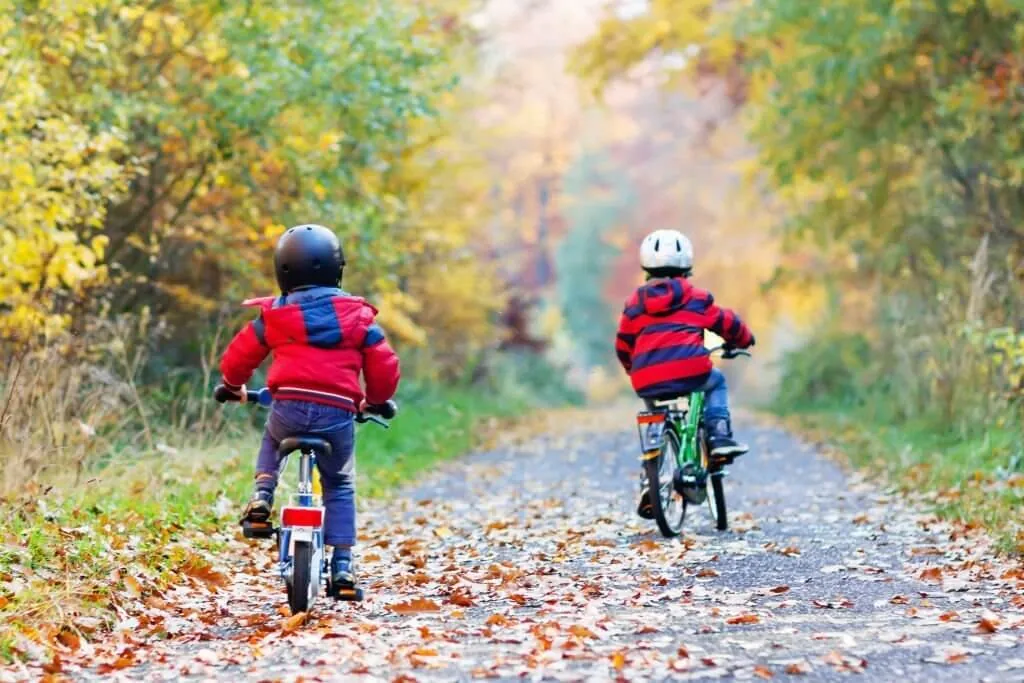

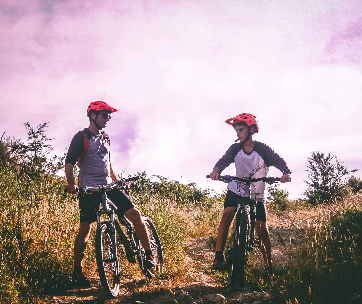

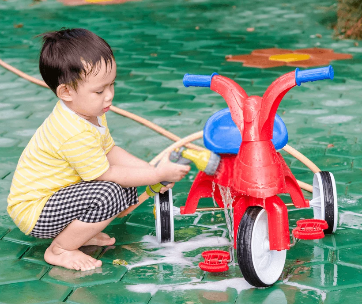
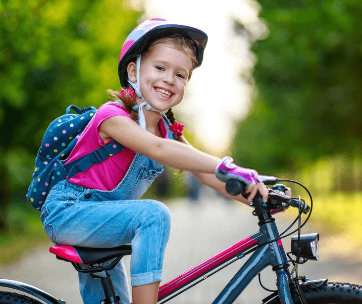
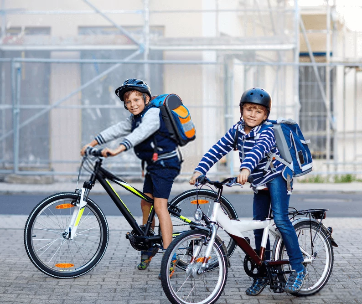
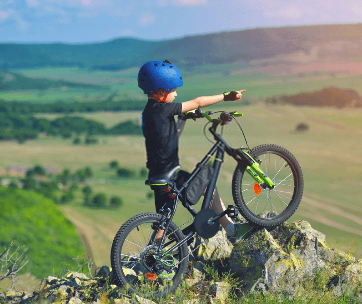

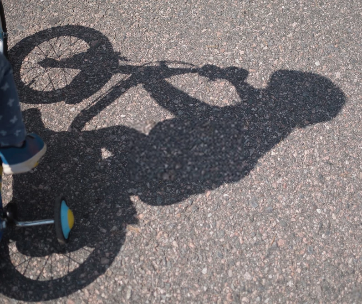

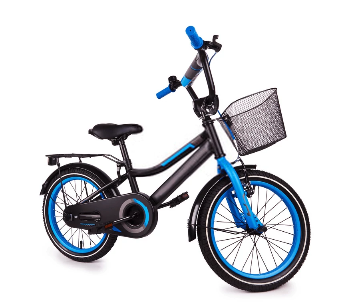

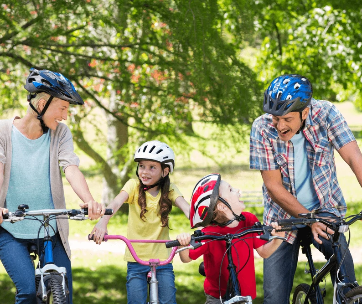
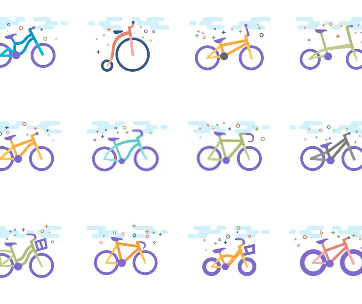




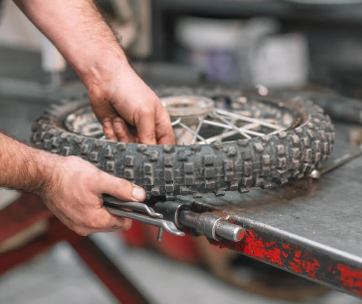
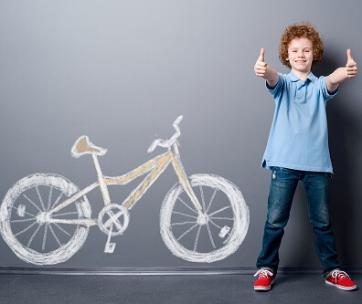
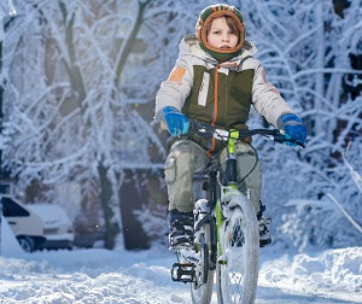


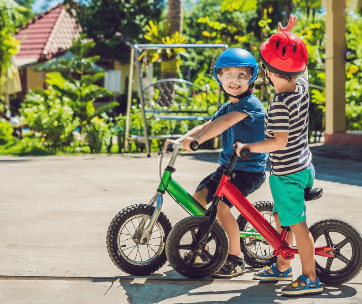
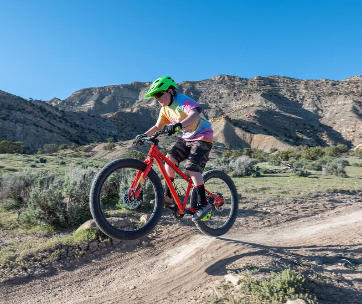
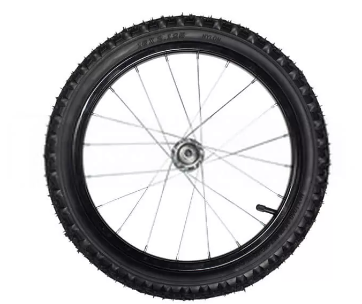
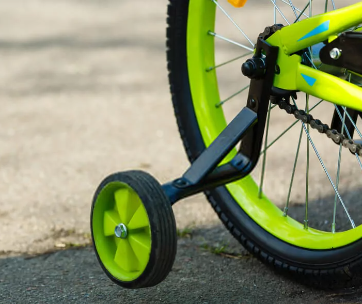
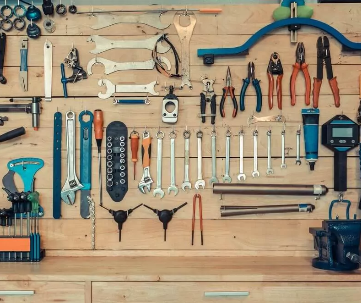
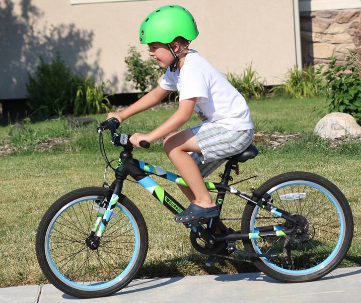
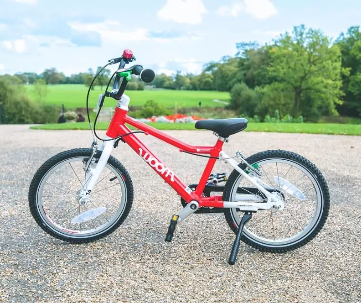
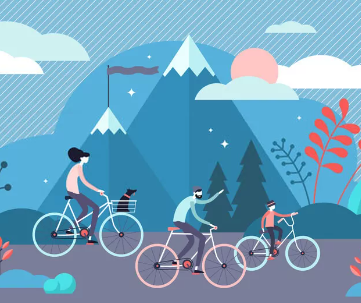
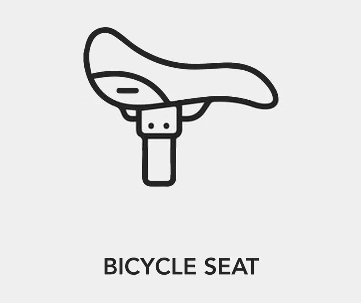
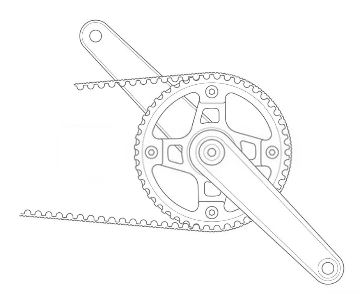
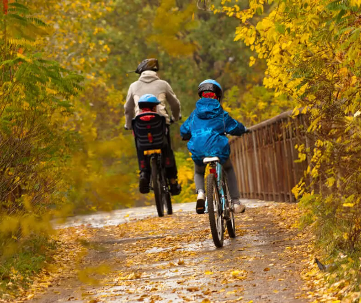
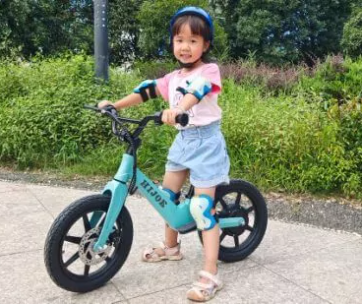

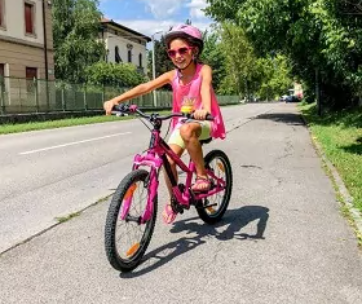
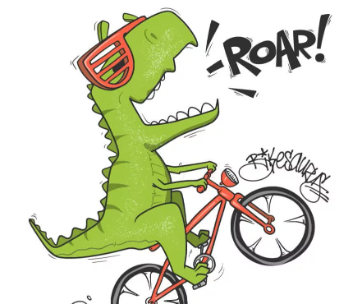
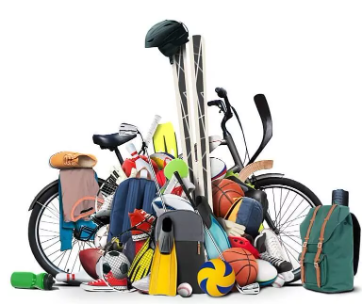
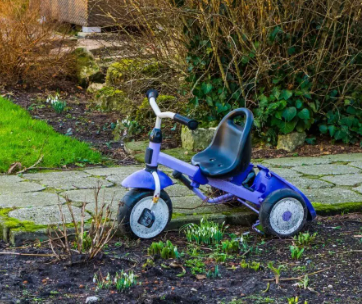
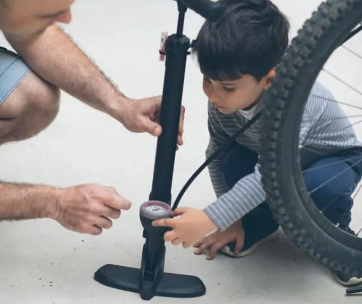
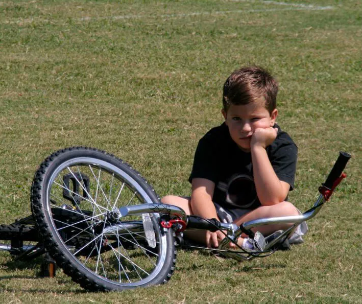
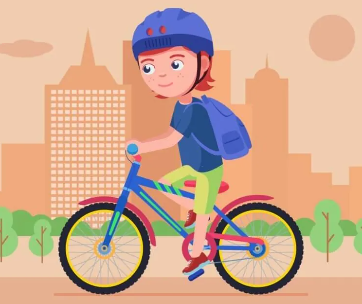
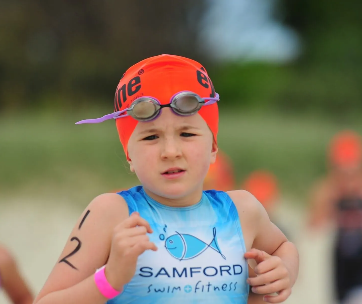
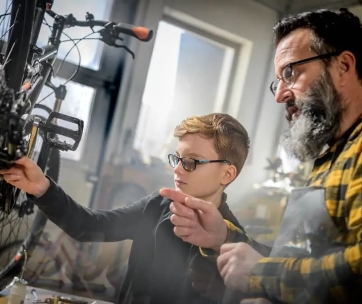

Comments